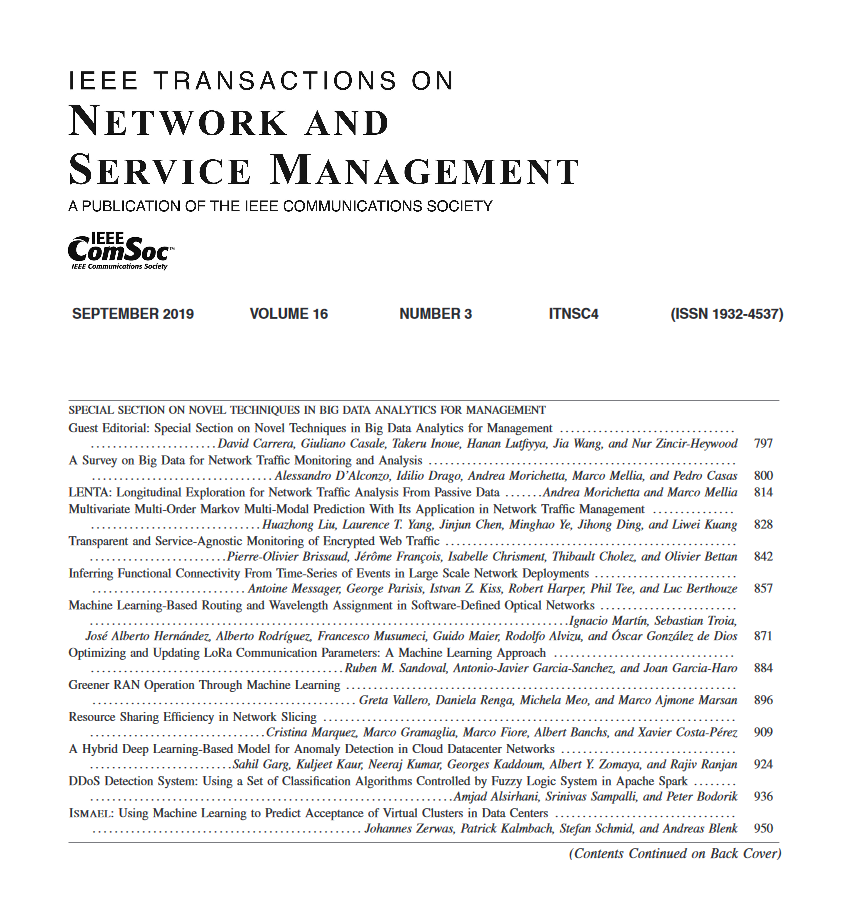PRobust: A Percolation-Based Robustness Optimization Model for Underwater Acoustic Sensor Networks
IF 4.7
2区 计算机科学
Q1 COMPUTER SCIENCE, INFORMATION SYSTEMS
IEEE Transactions on Network and Service Management
Pub Date : 2024-10-29
DOI:10.1109/TNSM.2024.3487956
引用次数: 0
Abstract
In Underwater Acoustic Sensor Networks (UASNs), the robustness of network is greatly affected by complex marine environments when implementing multi-hop data transmission. Factors such as the underwater acoustic channel and dynamic topological changes induced by multi-layered oceanic vortices exacerbate this influence. However, there is currently a research gap in the specific area of robustness optimization for UASNs. Existing studies on robustness optimization are unsuitable for UASNs as they neglect the considerations of the marine environment and node characteristics (e.g., residual energy). In this work, we propose PRobust, a percolation-based robustness optimization model for UASNs. PRobust consists of two distinct phases: percolation modeling and bottleneck optimization. In the percolation modeling phase, we incorporate both node and edge features, considering the physical and topological properties, and introduce a novel approach for calculating link quality. In the bottleneck optimization phase, we devise a graph theory-based method to identify bottlenecks, leveraging the flow information recorded by nodes to improve the accuracy of bottleneck discovery. Moreover, we integrated time slots and a current movement model into the proposed model, allowing its applicability to dynamically changing UASNs. Extensive simulation results indicate that, compared to existing methods, PRobust significantly enhances network robustness and performance with the same overhead after bottleneck optimization.求助全文
约1分钟内获得全文
求助全文
来源期刊

IEEE Transactions on Network and Service Management
Computer Science-Computer Networks and Communications
CiteScore
9.30
自引率
15.10%
发文量
325
期刊介绍:
IEEE Transactions on Network and Service Management will publish (online only) peerreviewed archival quality papers that advance the state-of-the-art and practical applications of network and service management. Theoretical research contributions (presenting new concepts and techniques) and applied contributions (reporting on experiences and experiments with actual systems) will be encouraged. These transactions will focus on the key technical issues related to: Management Models, Architectures and Frameworks; Service Provisioning, Reliability and Quality Assurance; Management Functions; Enabling Technologies; Information and Communication Models; Policies; Applications and Case Studies; Emerging Technologies and Standards.
 求助内容:
求助内容: 应助结果提醒方式:
应助结果提醒方式:


